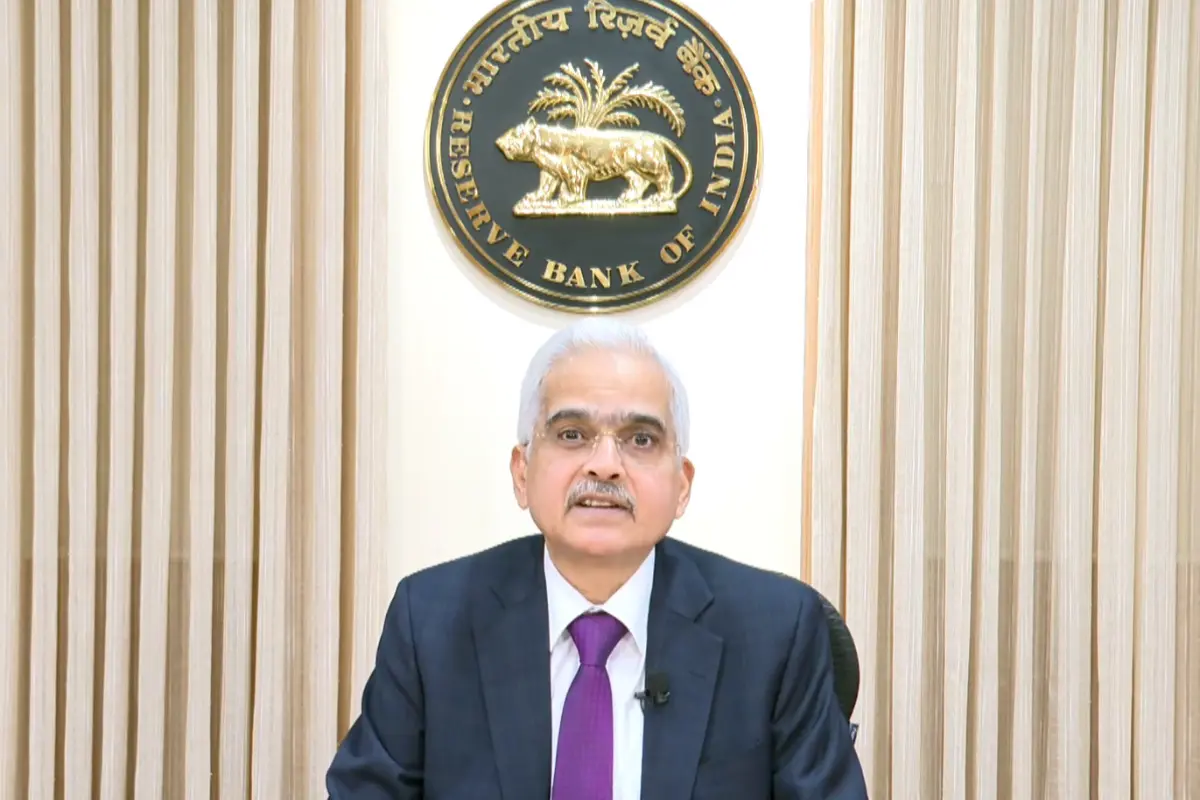
India’s economy is showing strong growth 7.2 PC in GDP, supported by investment demand, steady urban consumption, and rising rural consumption, according to RBI Governor Shaktikanta Das.
The Reserve Bank of India (RBI) forecasts a 7.2% real GDP growth for 2024-25. The growth rate is expected to be 7.1% in Q1, 7.2% in Q2, 7.3% in Q3, and 7.2% in Q4. For Q1 of 2025-26, the growth is also projected at 7.2 PC in GDP.
Das highlighted that after a slow start, the southwest monsoon has improved. By August 7, 2024, monsoon rainfall was 7% above the long-term average. This has supported kharif sowing, with the area sown as of August 2 being 2.9% higher than last year. Industrial output grew by 5.9% year-on-year in May 2024.
Das noted that core industries grew by 4.0% in June, down from 6.4% in May. However, high-frequency indicators from June and July 2024 show increased activity in the services sector, a recovery in private consumption, and signs of rising private investment.
Also Read: RBI Maintains Repo Rate At 6.5% Amid Balancing Act Between Growth & Inflation
Merchandise exports, non-oil non-gold imports, and services exports and imports all expanded between April and June. The Indian Meteorological Department’s (IMD) forecast of an above-normal southwest monsoon and healthy kharif sowing is likely to boost rural demand. The ongoing strength in manufacturing and services suggests steady urban demand.
Investment activity is robust, with strong steel consumption, high capacity utilization, and healthy bank and corporate balance sheets. Government infrastructure spending continues to support the economic outlook. Improving global trade prospects could enhance external demand, Das added.
However, Das warned of risks from geopolitical tensions, fluctuating international commodity prices, and geopolitical fragmentation. The global economic outlook is resilient but shows some moderation. Inflation is retreating in major economies, although services price inflation remains.
International prices for food, energy, and base metals have eased since the last policy meeting. Central banks are diverging in their policy paths, creating volatility in financial markets. Recent global equity sell-offs have led to a weaker dollar index, lower sovereign bond yields, and record-high gold prices.
To read more such news, download Bharat Express news apps


















